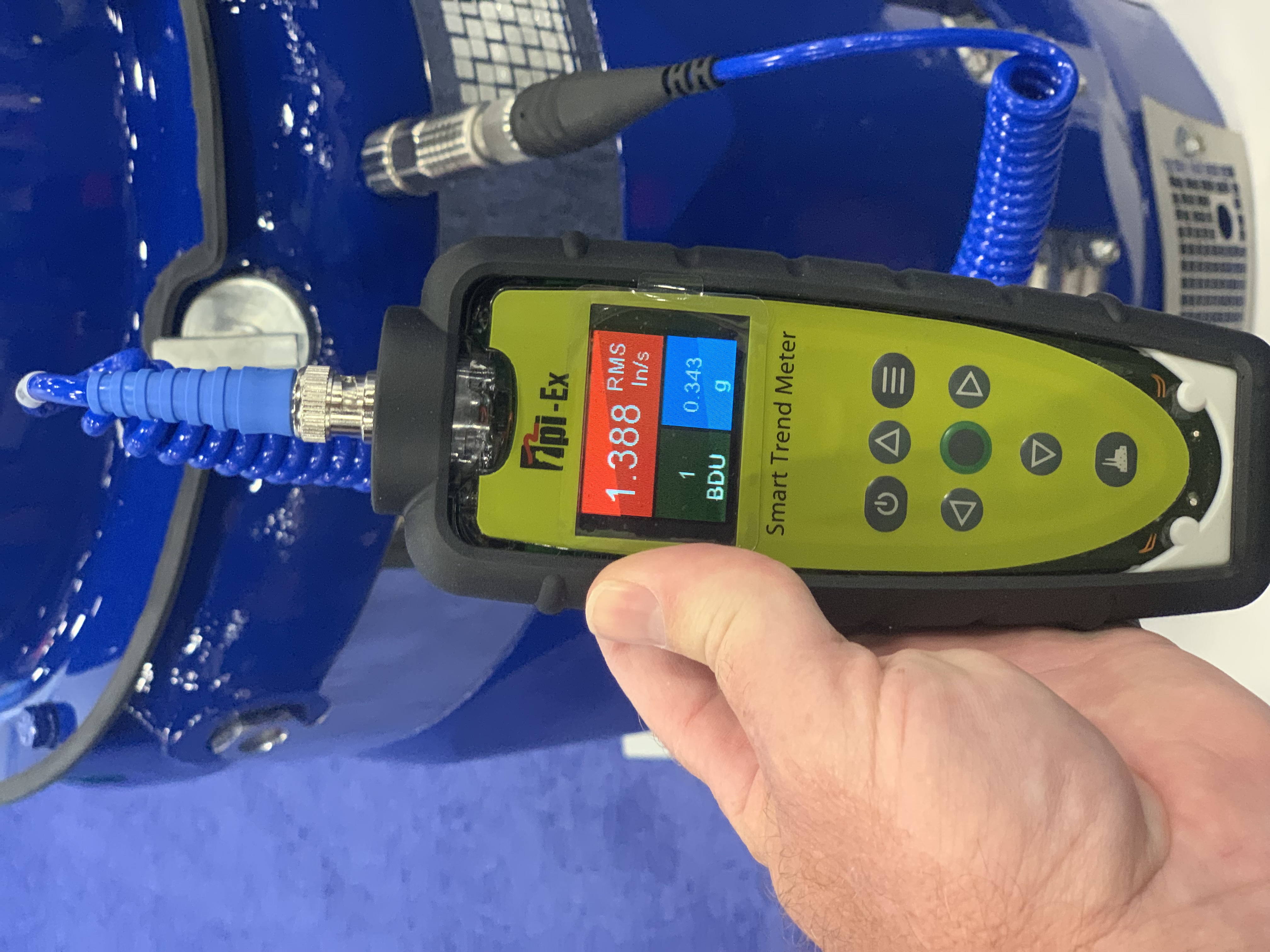If you are even asking yourself the question “should I be worried about explosive atmospheres (ATEX)” then the answer is most probably “yes”. The Dangerous Substances and Explosive Atmospheres Regulations (DSEAR) require employers to control the risks to safety from fire, explosions and substances corrosive to metals. This entails compliance with BS EN 1127 (Explosive atmospheres - explosion prevention and protection), which in turn requires that any electrical equipment used is intrinsically safe and complies with BS EN IEC 60079.
It is generally understood that equipment for use in more obvious hazardous locations such as flour mills, coal mines, petrochemical plants and fuel transfer facilities, needs to be certified “intrinsically safe”. In other words, incapable of igniting an explosive atmosphere. However, hazardous locations also include water treatment plants, tunnels and underground passageways or any location where a build-up of naturally occurring flammable material (such as methane or dust) could occur.
Most people are familiar with the definitions of ATEX ‘Zones’ and if not, a quick web search will bring them up. Put simply, Zone 0 means an explosive atmosphere is very likely and Zone 2 means it is unlikely, with Zone 1 being the “grey area” in between. It is easy enough to identify from its markings whether a particular piece of equipment is suitable for a particular Zone, e.g. Ex ia for Zone 0, Ex ib for Zone 1 and Ex ic for Zone 2. However, the onus is very much on the plant operator to ensure which parts of their plant are in which Zones.
As if the issue of Zones wasn’t difficult enough, there is also the consideration of which gases are likely to be encountered. For example, equipment marked as Group IIB must not be used in Zones with hydrogen or acetylene likely to be present. Those gases would require at least Group IIC certification.

Then there is also consideration of the equipment’s temperature classification, which specifies the maximum surface temperature that could arise due to a fault when operating within the specified ambient temperature range. For example, equipment coded T2 (>300C) could potentially get hot enough to ignite gasoline! However, a coding of T4 (>135C) is generally considered acceptable, being safe for all gases apart from Carbon Disulfide, which requires T6 (>85C).
Test Products International (TPI) believes it has greatly simplified things however, with the triple certification of the TPI 9080Ex Smart Vibration Analyser. The TPI 9080Ex is IECEx/ATEX certified for Zone 1 and North American approved for Class 1, Zone 1 and is hence certified for use in hazardous locations, with ANY gas types, ANYWHERE in the world.
The TPI 9080Ex offers on-meter analysis for detection of machine faults such as unbalance, misalignment, looseness and bearing wear. With full colour OLED display and Bluetooth communications, the TPI 9080Ex features colour coded alarms and zoomable on-screen vibration frequency plots with cursor readout. It can store lists (routes) of up to 1000 machines, each with up to 10 measurement points, with full waveform and frequency spectrum (FFT) capture.
The included free-to-use VibTrend PC-based trending and reporting software features high-end benefits such as automatic email notification of alarms and report generation to implement a full CBM strategy. Routes and readings can easily be transferred to/from the TPI 9080Ex via Bluetooth using a smart phone or tablet running the free TPI Cloud Bridge App. This allows service personnel to be sent routes and return readings, no matter where they are in the world.
In-line with TPI’s philosophy of being the value leader, the TPI 9080Ex has a list price of only £3,500.
For more information please contact TPI Europe’s head office on +44 1293 530196 or take a look on the website at www.tpieurope.com or email This email address is being protected from spambots. You need JavaScript enabled to view it.


